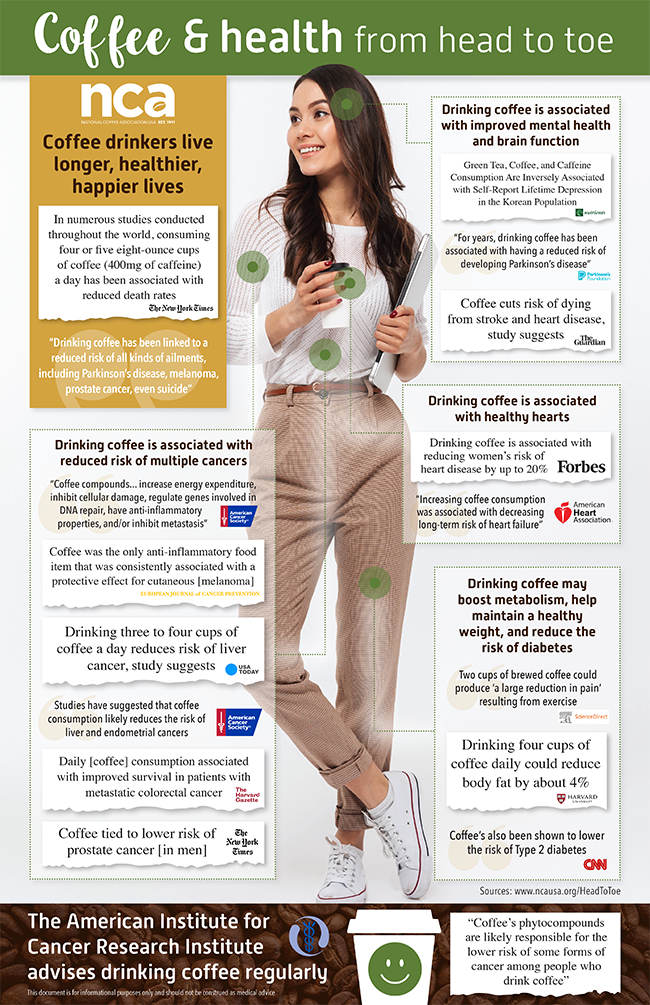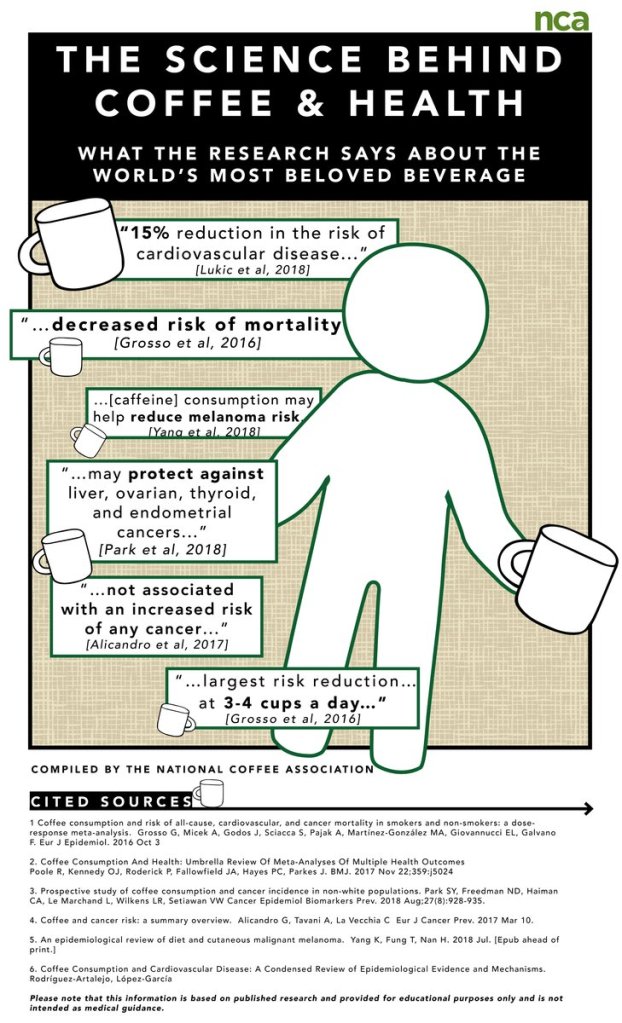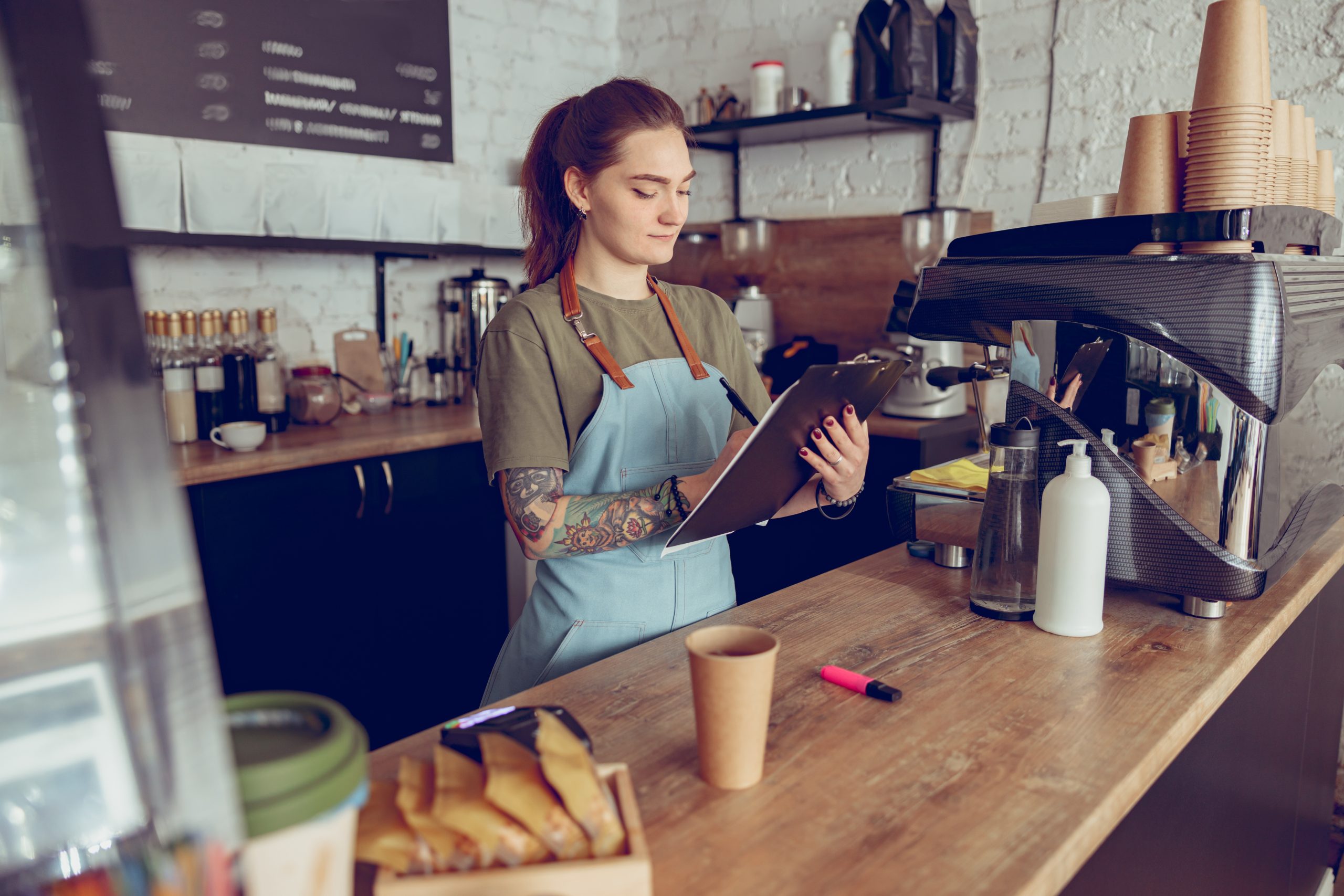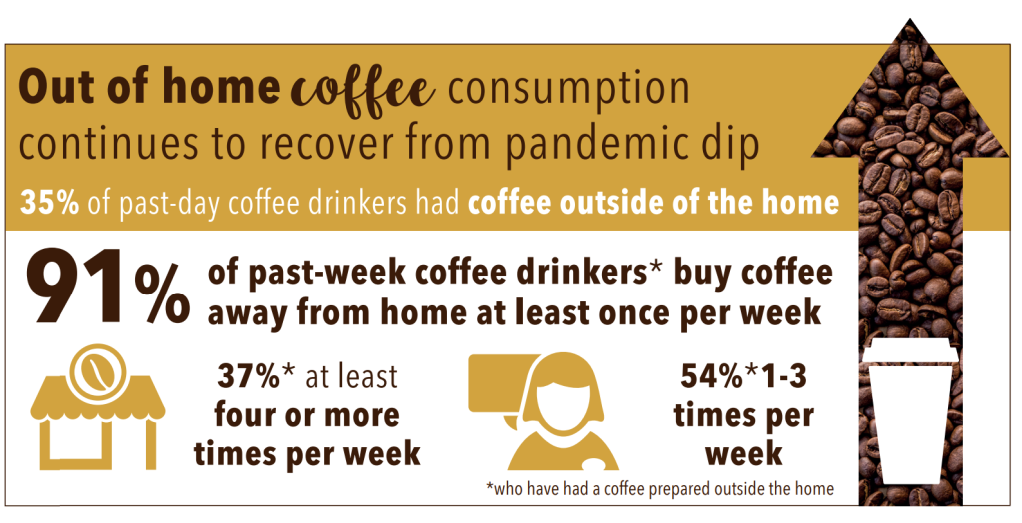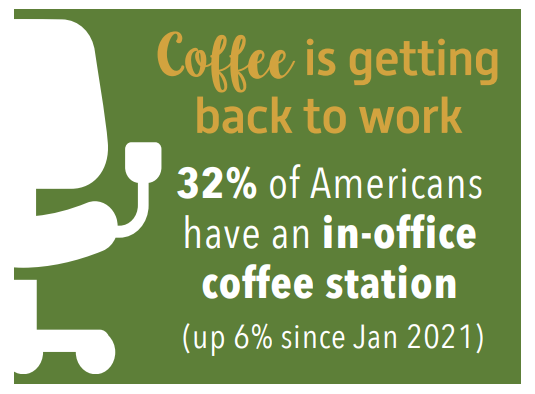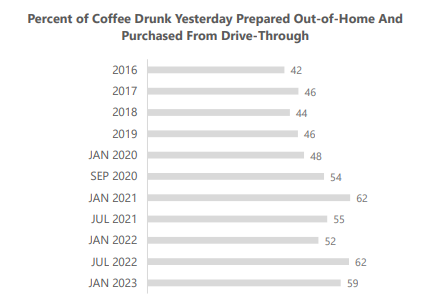National Cancer Survivor Month: Coffee’s Connection to Cancer Prevention and Treatment
Regular readers here know that drinking coffee is associated with a wide array of health benefits and that the body of robust, independent scientific evidence built up over recent decades continues to grow stronger with each passing year.
In honor of National Cancer Survivor Month, it’s particularly fitting that we take a deeper look at the research associating coffee with a reduced risk of multiple cancers, as well as with improved health and longevity for cancer survivors.
Among the many major leading health authorities and independent organizations that have highlighted coffee’s unique health benefits is the World Health Organization (WHO). After a thorough review of existing evidence in 2015, WHO’s International Agency for Research on Cancer (IARC) confirmed that drinking coffee is associated with a reduced risk of cancers of the liver and uterine endometrium.
In 2020, the American Cancer Society updated its guidelines for diet and physical activity for cancer prevention, concluding that drinking coffee likely reduces the risk of multiple cancers including liver cancer, endometrial cancer, cancers of the mouth, pharynx, and larynx, as well as basal cell skin cancer and melanoma.
Meanwhile, the American Institute for Cancer Research (AICR) has also confirmed coffee’s association with reduced risk of endometrial and liver cancers. Decaf drinker? You’ll be pleased to hear that AICR says most human studies show a similar reduction in cancer risk when looking at regular and decaf coffee. These are just some of the reasons why IACR recommends coffee as something to “eat regularly.”
These sentiments were echoed by the World Cancer Research Fund which found “strong evidence” that coffee reduces the risk of liver and womb cancers as well as evidence of reduced risk of mouth, pharynx and larynx, and skin cancers. In fact, coffee is the only antioxidant food shown to have a protective effect against melanoma.
The benefits of drinking coffee don’t stop at reducing the risk of developing cancer – several studies have discovered a link between coffee consumption and improved outcomes after a cancer diagnosis. Research has found that coffee consumption is even associated with higher rates of survival in breast cancer survivors and slower rates of progression and death in patients with advanced or metastatic colorectal cancer.
Seeing all this evidence of coffee’s unique health benefits, it may be surprising that researchers still don’t know exactly why we’re seeing these effects.
Many attribute it to the anti-inflammatory and antioxidant properties of the approximately 1,000 naturally occurring compounds in coffee beans and hundreds more that develop during the roasting process.
Coffee researchers have identified the need for more research into disease prevention and even the potential for clinical benefits of coffee for the treatment of cancer and other inflammatory diseases.
There are plenty of motivations for drinking coffee: the great taste, the mood boost, the great taste, the cognitive benefits, and of course, the great taste (see what we did there?). But it can’t hurt to know that evidence supports adding coffee’s anti-inflammatory properties and health benefits to the long list of reasons to pour another cup.

